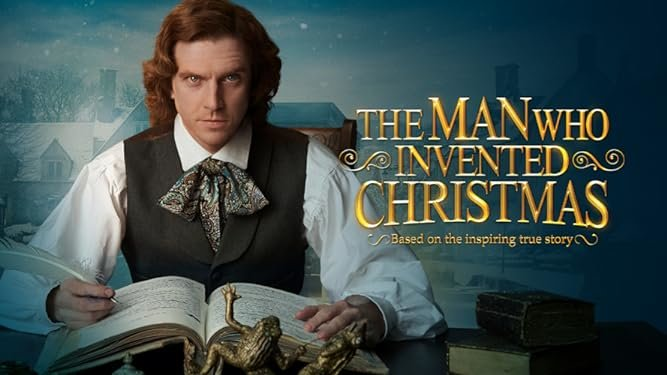
A Magical Blend of Holiday Spirit


“The Man Who Invented Christmas“ presents an intricate narrative that examines how Charles Dickens’ creation of “A Christmas Carol“ revitalized his own career while transforming holiday traditions.
Les Standiford’s book delivers a captivating and detailed account of how Charles Dickens managed to transform his career and redefine holiday celebrations through his classic work “A Christmas Carol“. This book serves as a tribute to the transformative nature of storytelling which influences culture and society while touching the human heart rather than simply being a biography or literary examination.
A Story Behind the Story
“The Man Who Invented Christmas“, published in 2008, explores how Charles Dickens crafted “A Christmas Carol“ while going through a very dark phase of his life. With his finances collapsing and his literary status declining alongside family pressures, Dickens opted to self-publish the work that remains his most lasting creation. Standiford leads us on an entertaining journey through Dickens’ life that demonstrates his brilliance in literature alongside his passionate and resilient character.
Standiford distinguishes his work through his skillful combination of historical context with literary analysis and social commentary within one cohesive and seamless narrative. The text provides a detailed portrayal of 1840s England marked by significant class distinctions, industrial transformation, and widespread spiritual discontent. Dickens’ Christmas story functioned as a two-fold message by criticizing social norms while offering solace through its focus on generosity and compassion and community spirit.
A Celebration of Creativity
Standiford’s prose is engaging without being overbearing. Standiford demonstrates his respect for Dickens throughout the book while carefully avoiding any form of idolatry. The author refrains from speaking on behalf of the data and lets the remarkable nature of Dickens’ achievements under stress speak for themselves. Through this study readers attain both an enhanced comprehension of Dickens’ creative methods along with an awareness of how a single story can spark cultural transformation. In a way that’s both factual and emotionally resonant, Standiford shows how “A Christmas Carol“ helped cement modern Christmas traditions: Dickens’ story established our current traditions which include family gatherings together with feasting activities and seasonal charity while also defining the sentimental tone we recognize during the holiday season.
A Perfect Holiday Read
“The Man Who Invented Christmas“ creates the impression of listening to a remarkable true story by the fireside. This work caters to anyone with a passion for literary works and historical insights or who enjoys the holiday season. Readers who cherish Dickens or want to explore the evolution of “A Christmas Carol“ into a holiday staple will find this book immensely enjoyable. The story transcends a typical behind-the-scenes examination of a well-loved tale. This book honors the lasting strength of imagination and hope. Standiford delivers his message with both warmth and insight as he demonstrates how storytelling has the power to guide us through our darkest moments. This book should become part of your seasonal traditions because it informs, entertains and inspires readers looking for a perfect holiday read.



